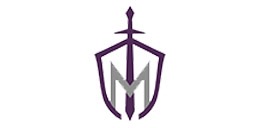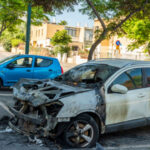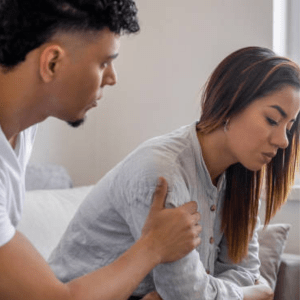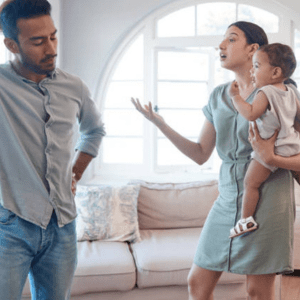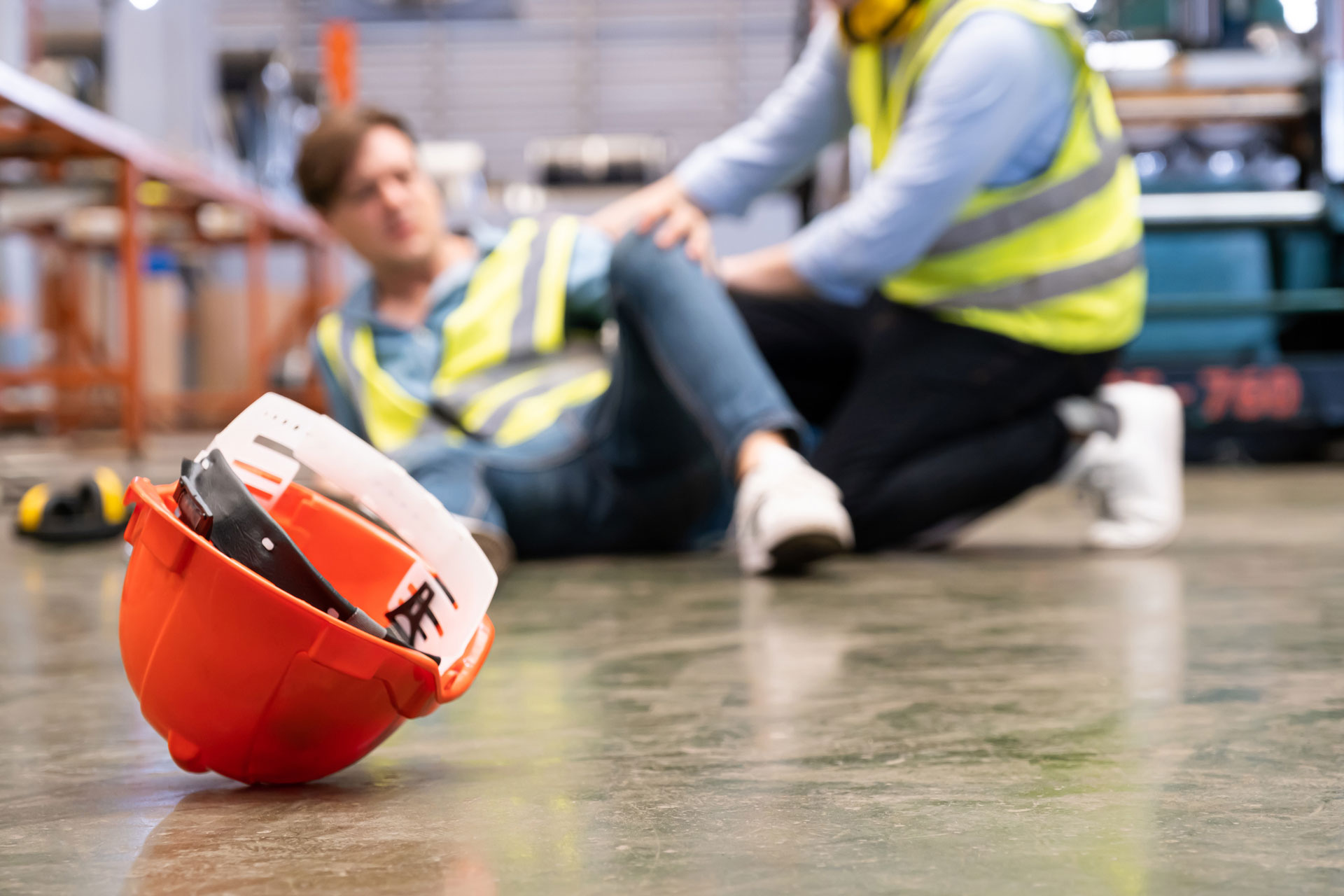
Slip-and-fall accidents are unfortunately common. In fact, many people might be surprised to discover that slip and fall accidents account for nearly a million emergency room visits yearly.
Understanding the legal intricacies surrounding these incidents is crucial for victims who want compensation for their serious injuries.
What is premises liability?
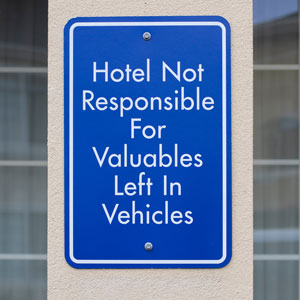 This refers to the legal responsibility of property owners to maintain safe conditions for individuals on their premises. When a customer sustains injuries due to hazardous conditions on a property, the owner may be liable for damages resulting from the accident. Slip-and-fall accidents are a common type of premises liability case, often resulting from slippery floors, uneven surfaces, inadequate lighting, snow build-up or lack of warning signs.
This refers to the legal responsibility of property owners to maintain safe conditions for individuals on their premises. When a customer sustains injuries due to hazardous conditions on a property, the owner may be liable for damages resulting from the accident. Slip-and-fall accidents are a common type of premises liability case, often resulting from slippery floors, uneven surfaces, inadequate lighting, snow build-up or lack of warning signs.
Establishing negligence is crucial to determine premises liability in a slip-and-fall case. Negligence happens when a property owner fails to practice reasonable care in maintaining safe conditions on their premises.
How negligence is established
The premises owner owes a duty of care to the injured party. To establish negligence, the injured customer has to demonstrate that the premises owner failed to fulfill their duty of care by creating unsafe conditions or failing to address known hazards.
Moreover, it must be proven that the breach of duty directly caused the slip-and-fall accident and subsequent injuries. Establishing a causal link between the property owner’s negligence and the harm suffered by the customer is essential.
Finally, the injured party must have suffered damages, such as medical expenses, lost wages, pain and suffering or other economic and non-economic losses due to the accident.
Factors affecting liability
Property owners may not be held liable if they were unaware of the hazardous condition that caused the accident. However, if the owner had prior knowledge of the hazard or should have reasonably known about it, they may be held accountable.
Additionally, property owners are expected to anticipate potential hazards and take reasonable steps to help prevent accidents. Therefore, the owner may be found negligent if a hazard was foreseeable and could have been prevented through reasonable care.
Slip-and-fall accidents can lead to serious injuries and significant financial burdens for victims. Determining premises liability in such cases requires a thorough understanding of legal principles, evidence collection and effective advocacy. By recognizing the factors influencing liability and taking proactive steps to protect their rights, injured individuals can seek the compensation they are owed for their injuries and losses.

